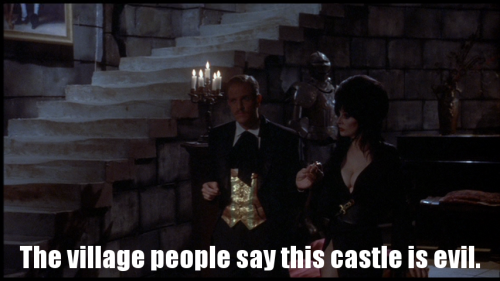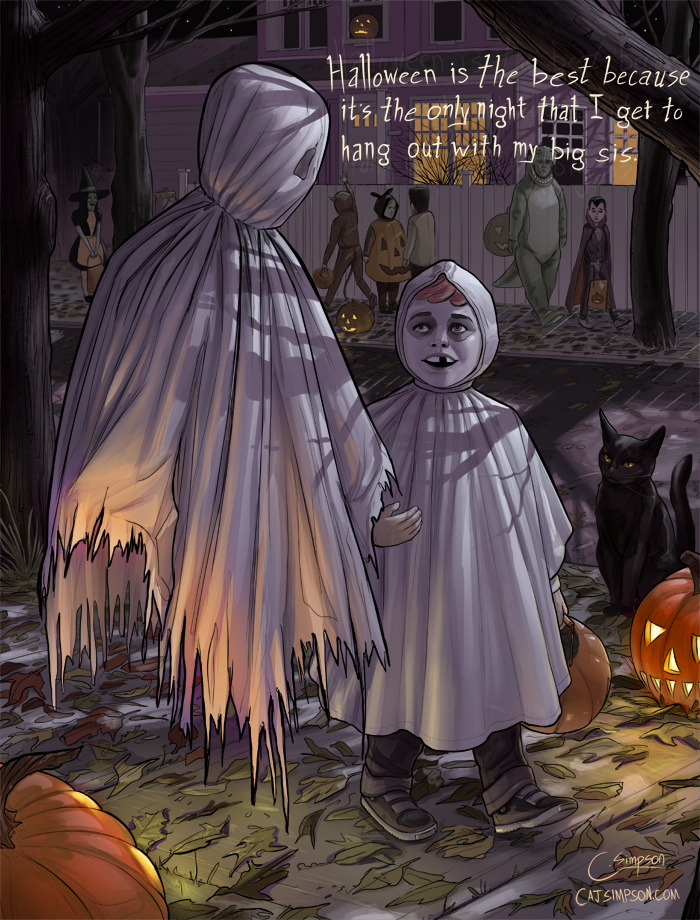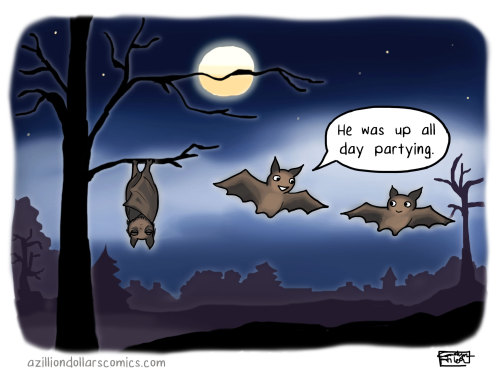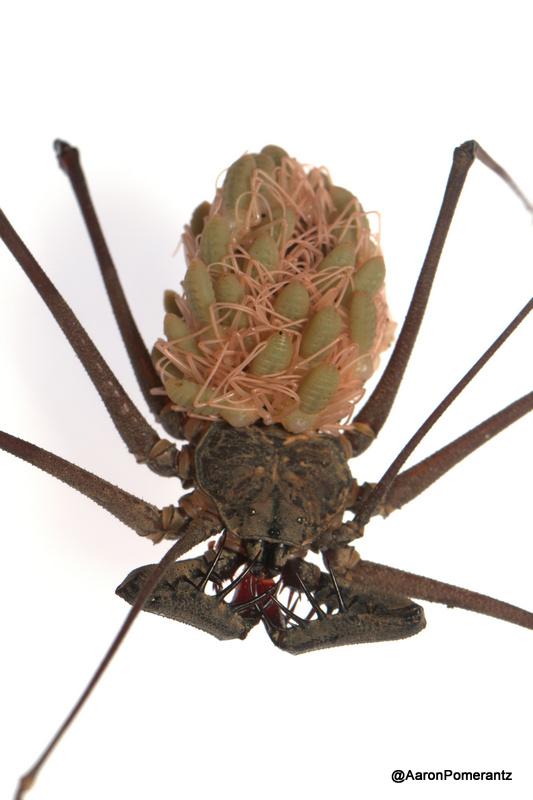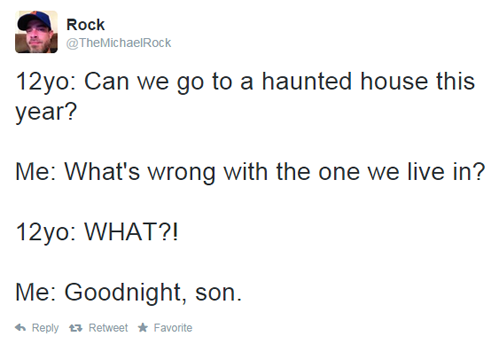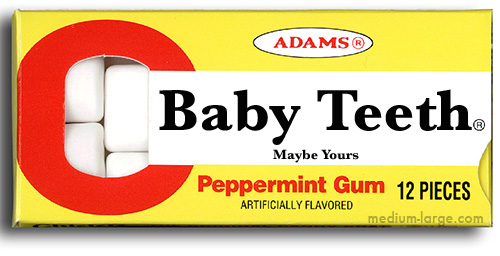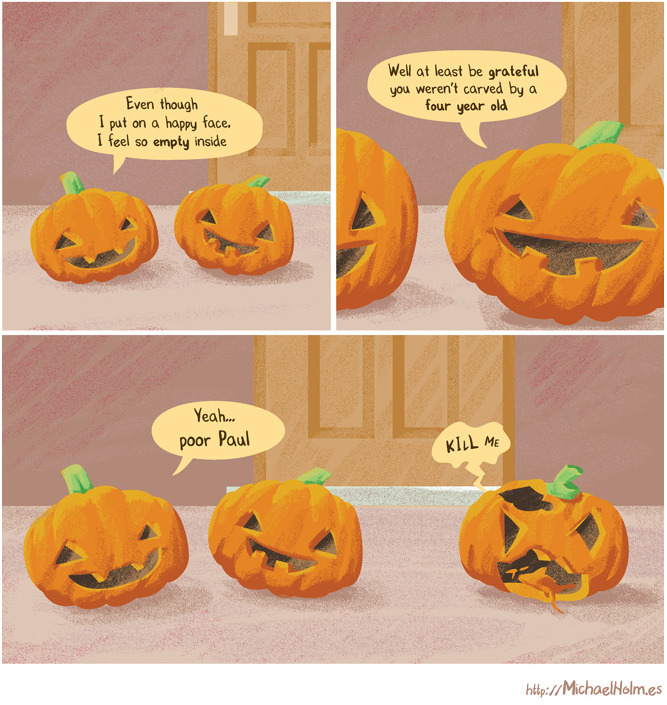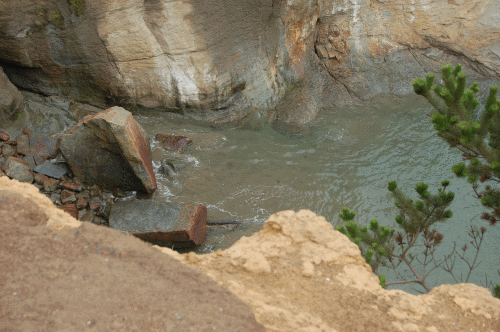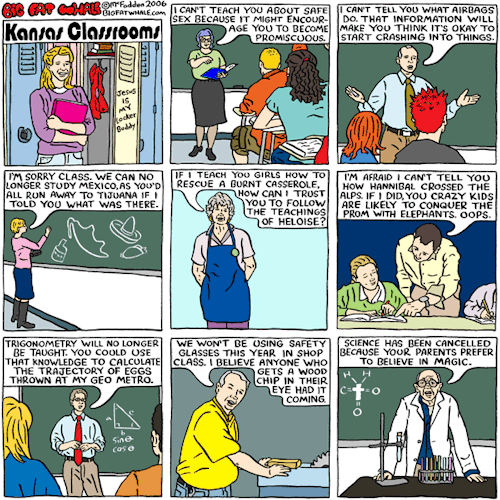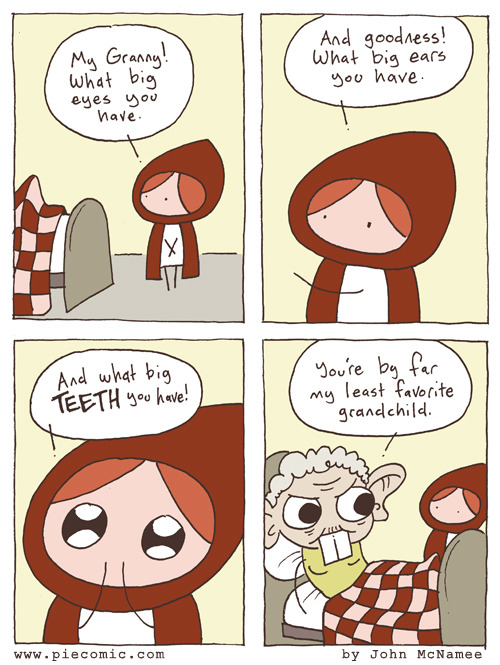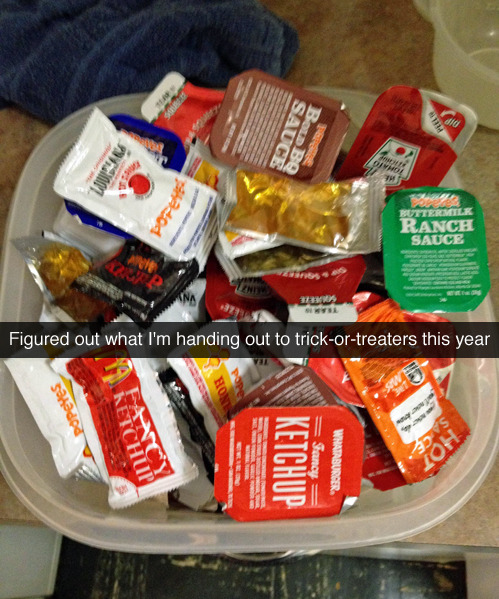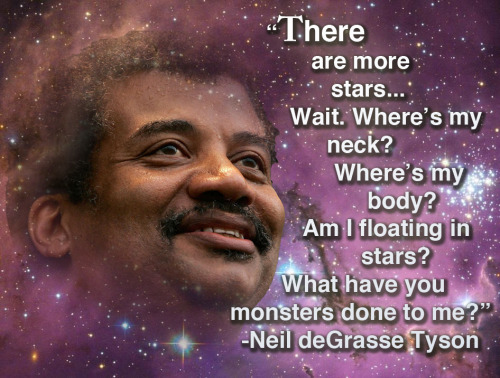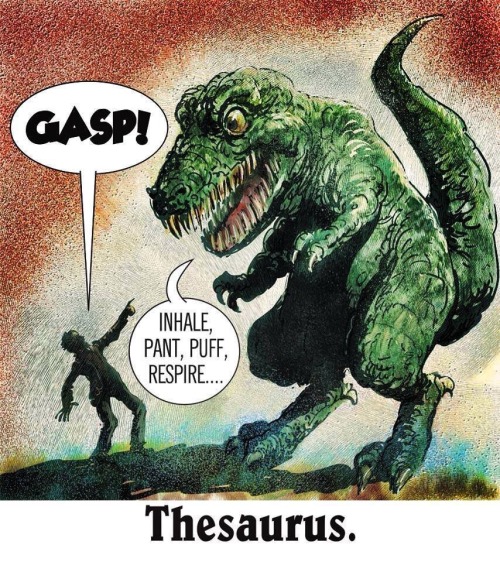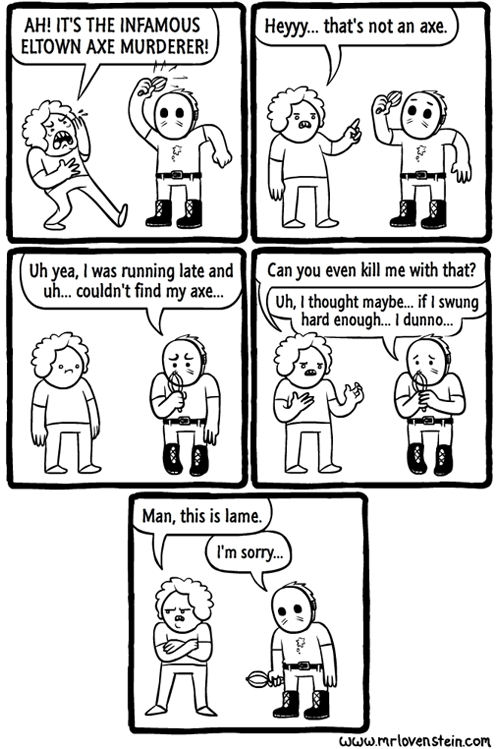Looking roughly south-southwest along the base of Elephant Rock, we can see how the resistant Columbia River Basalt stands out, while the less resistant Astoria Formation is eroding back and undercutting it. Given the jointing pattern, it's predictable that sometime in the not-too-distant future, a substantial rockfall will bring down many tons of basalt, forming a pile of talus which, for a short time, will armor the sediments from further erosion. Then the cobbles and boulders will break up and be carried away by wave action, and the whole process will start over.
Another nice thing about this photo is that you can see, especially in the left-most extent of the base of the rock, that the joints are nearly perpendicular to the contact between the basalt and the sediment, which is what one would expect if it was an igneous ball-and-pillow structure instead of a dike.
Photo unmodified. July 15, 2014. FlashEarth Location.
Is This Your Hat?
11 years ago








